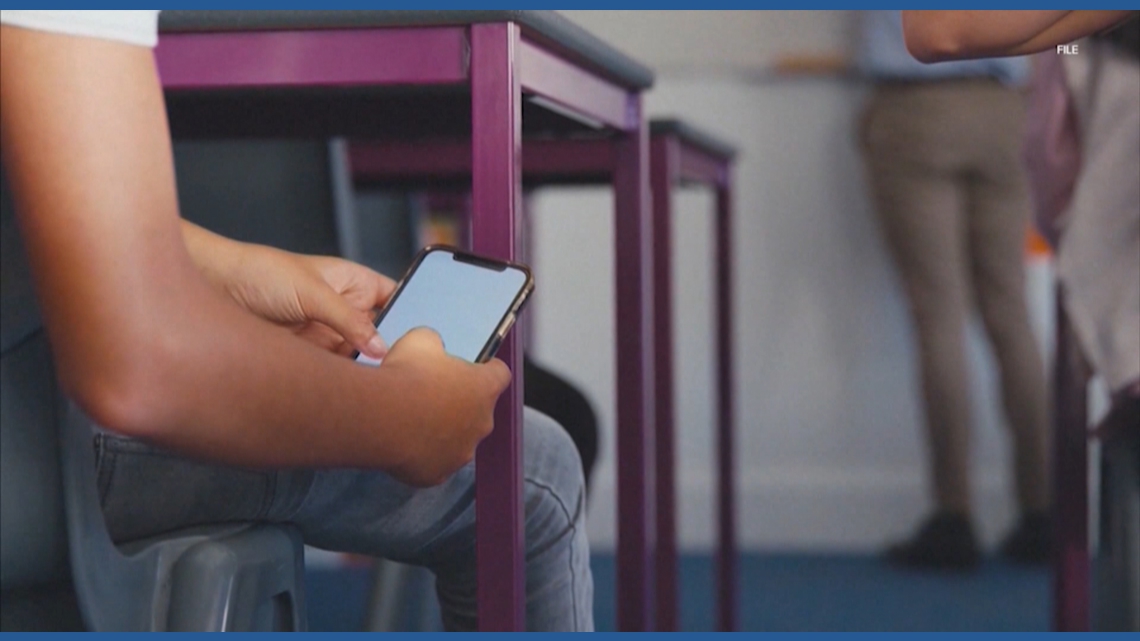Students are now required to keep their phones silenced and stored in lockers throughout the instructional day from the first bell to the last.
SYLVANIA, Ohio — Hallways and lunchrooms at Northview and Southview High Schools are buzzing with conversation this fall, thanks to a new cellphone policy that’s turning up the volume.
Students are now required to keep their phones silenced and stored in lockers throughout the instructional day from the first bell to the last. The district-wide change, which aligns with the statewide law in Ohio, aims to reduce distractions and encourage face-to-face interaction.
Superintendent Veronica Motley said the results are already visible and audible.
“The lunch room is a lot louder. Conversations are taking place. Kids are engaged, having conversations, collaborating, working on projects, their heads are up, and that’s a real positive thing,” Motley said.
The policy applies to classrooms, hallways, lunch periods and study halls. While some parents initially expressed concern about reaching their children during the day, Motley said the district has emphasized the long-term benefits.
“Our students have their cell phones off and away in their lockers during the instructional day,” she said. “To see them exposed to a new concept of having eye contact and conversations, it makes me feel good.”
Southview math teacher Kara Curran said it’s been a transition, especially for upperclassmen.
“It’s not that we hate cell phones, but we can’t compete with them in the classroom because it’s like their best friend is sitting next to them,” Curran said.
Curran, who has long banned phones in her own classroom, said the biggest difference is in the hallways.
“Previously, kids were glued to their phones. They need to know how to communicate with each other, and if they’re on their phones all the time, how are they going to learn those social skills?” Curan said.
She added that the policy is helping curb academic dishonesty, particularly in math, where students can use AI tools to solve problems instantly.
“You can take a picture of it and the internet will solve every single math problem out there,” Curran said. “They’re kids, they’re going to make bad decisions. We just have to be the professionals and help them make good ones.”
Despite a few students still sneaking phones, Curran said the overall response has been positive, and Motley said she’s encouraged by the shift in student behavior.
“Just collaborating and laughing, not because of a TikTok or a reel, but really laughing because of the conversation that’s taking place,” Motley said.
The district plans to continue monitoring the policy’s impact and make adjustments as needed to support student learning and well-being.


